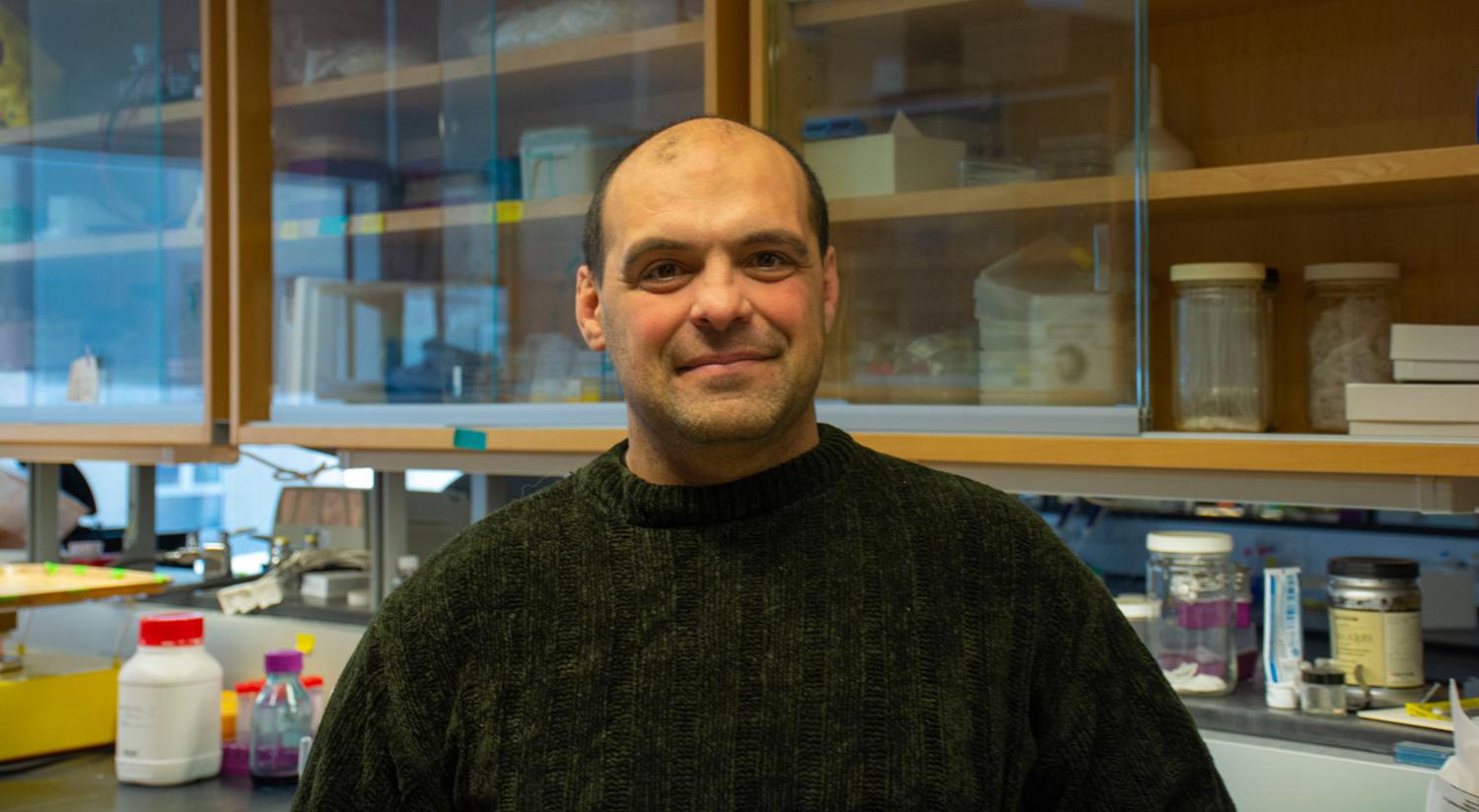Josef Buttigieg
Research interests:
Neurobiology, stem cell physiology.
Background:
There is much interest in stem cells due to their ability to repair lost or damaged tissue and ability to self propagate almost indefinitely. However, there are many areas in stem cell biology, that very little is known. For example, why is it that in relatively juvenile organisms the ability for stem cells to proliferate and differentiate is very well developed. However this ability, for some unknown reason, decreases with age. Additionally, during certain diseases (e.g. Multiple Sclerosis) or injuries of the central nervous system (e.g. spinal cord injury or stroke), the ability of stem cells to proliferate and migrate is inhibited. The research my group performs is on understanding the pathology of various nervous system diseases (principally stroke, spinal cord injury and multiple sclerosis), and secondly, how can we better understand stem cell biology and use this knowledge to repair damaged tissue (e.g. brain and spinal cord).
To this effect we utilize a variety of techniques and investigate a number of related neurological systems. The primary research focus is on stem cell behaviour and development. While, much of this depends on the stage of flavour of stem cells (iPSC, mesemchymal or neural) or stage of differentiation (pluripotent, progenitor or precursor cells), there are a variety of environmental factors that alter the ability of stem cells to migrate and differentiate. One such area of interest is on the effects of changes in O2 availability/ Often research on stem cell development is performed in what can be termed a hyperoxic (high oxygen) environment, to which the cell would never be exposed in the actual animal. Different levels of oxygen can have a variety of effects on both cell behavior and cell development, as oxygen can modify both cell membrane physiology and gene activity. We are also interested in investigating the likely involvement of communications between injured/damaged areas of the central nervous system and that of endogenous stem cell pools. This may include factors released by neuron
The disease models we are interested in:
Spinal Cord Injury: While the spinal cord is rarely ever cut in half, it is often crushed by surrounding anatomical structures. This causes a blockage in blood flow (similar to stroke) and results in further neuronal loss and motor deficits. Interestingly, there are often surviving axonal tracts that surround the injury site. However, similar to multiple sclerosis, these axonal tracts have lost their insulation, inhibition neuronal communication; and thus further contribute to paralysis.
Stroke: While it is widely known that stroke is often the result of a blood clot in the brain, what isn't commonly understood is the origin of that blood clot. Quite often, this blood clot will arise from destabilization of fatty material that has built up in the arteries.
Multiple Sclerosis: This debilitating disease leads to progressive loss of function and has the highest rate of incidence in the world in Saskatchewan. In MS, the immune system has developed mechanisms to seek out the insulation of neurons and to destroy them. Thus, the denuded neurons now have the inability to transmit information along their length. Interestingly, MS patients have the ability to repair this lost/damaged insulation (remission), likely due to endogenous stem cell pools. For some unknown reason this decreases with age, leading to a build up of motor deficits and significantly decreasing the quality of life.
